Issue 56: Upgrading a 500 Year Old Technology
What's old is new again

Dear Reader,
In our era of hyper-fast consumption, we have an expectation for technology to upgrade very rapidly to keep up with our voracious appetites.
Companies are expected to blow our minds with fantastical news every year, lest they feel a serious sting to their bottom line or are met with accusations of stagnation.
There's a new iPhone/Pixel every year with a litany of new widgets and features, and many software updates for the phones themselves between hardware releases.
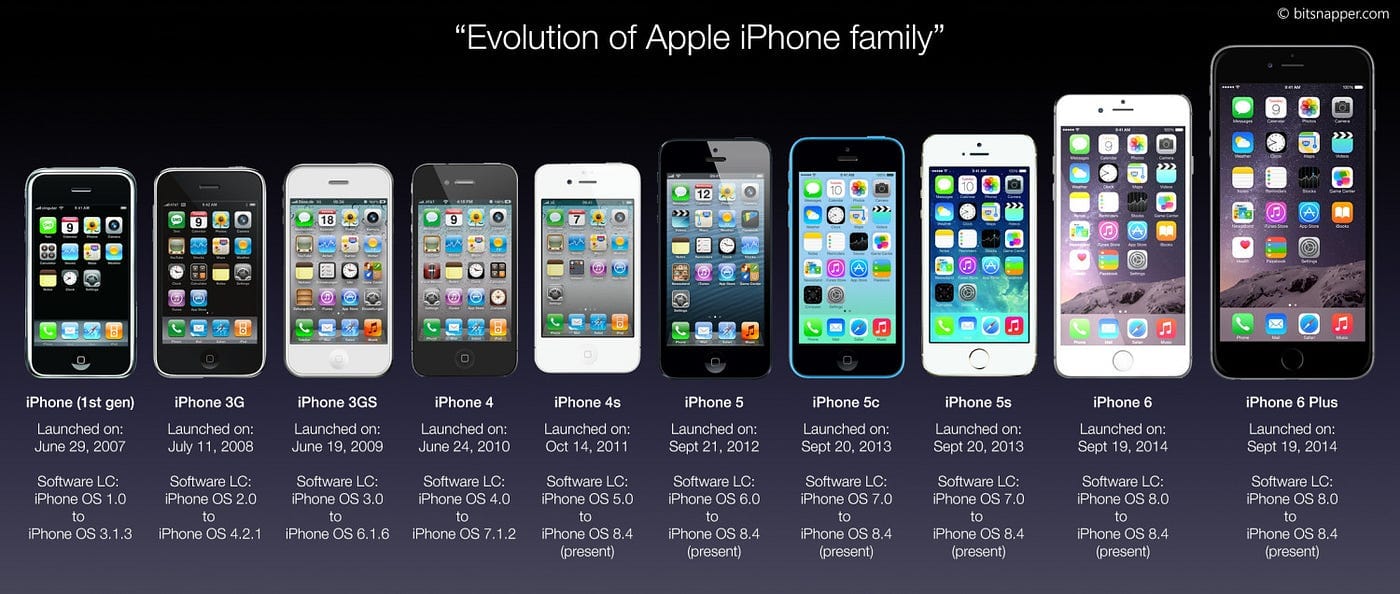
Speaking of software, updates happen nearly instantly over the Internet – some products can get rapid upgrades multiple times in the same day.
It seems that as frequently as we blink, we are sold new technology.
If It Ain't Broke
But what of the opposite? What is the longest upgrade cycle for a technology?
In industries where reliability or safety is paramount, upgrade cycles can get pretty long, but rarely are there upgrades that happen lifetimes after their initial innovation. The three point seatbelt we all use today was invented in 1959, a measly 51 years after the release of the Ford Model T.

A contender may be mechanical clocks, particularly the Wells Cathedral Clock, which has been running since 1390. The Clock was moved from its original mechanism to a pendulum in the 17th century, and after the last Keeper of the Great Clock of Wells, Paul Fisher, announced his retirement in 2010, the authorities have decided to add electrical components to the clock to operate it.
The Clock is still the Clock, but it is more aptly the Ship of Theseus with a motorboat engine in it now.

From Me To You, 500 Years in the Future
The technical architecture I'm introducing in this essay may be a serious contender for the title of "longest upgrade cycle". This is because the upgrade itself was only introduced as a technology less than a decade ago. We are at a point in history where the current generation of LLMs, and more importantly to our purposes, the vector embeddings they provide – are seven or four years old, depending on whether or not you consider GPT-3 to be "the transformer moment" or the Google paper "Attention is all you need" released in 2017. This leap in Artificial Intelligence has enabled new types of technologies, or more relevant for our purposes, reinvigorated an old one.
The technology being upgraded, the commonplace book, as it is understood by us moderns, has been in use since the Renaissance. This conservatively puts the act of working on commonplace books at about 500 years.

This means the gap between those who kept a recognizable Commonplace Book you or your friend may keep today has been in use for five centuries. That's the sign of a really solid technology!
Commonplace books are hardly new. In the Renaissance, readers started transcribing classical fragments in notebooks, bringing ancient writings into conversation with their own lives. After his wife left him in 1642, John Milton processed it in his commonplace book, chronicling a reading binge about bad marriages. Arthur Conan Doyle transcribed criminology theories in his, and then gave Sherlock Holmes his own commonplace book, filled with intel on up-and-coming forgers. But the idea of a personal intellectual database fell out of style as printed material became more accessible to a broader audience. You could just look at a copy of “Bartlett’s Familiar Quotations.” Today you can scroll through inspirational quotes on Instagram.
-- Commonplace Books Are Like a Diary Without the Risk of Annoying Yourself
What's An Upgrade, Anyway?
To be considered an "upgrade", a technology must still recognizably be the same definition of the technology with its new features. A car isn't an upgrade of a horse-drawn carriage, because even though they address the same problem of getting from point A to point B faster than walking, no one would confuse the technology powering a carriage versus the technology that powers a car.
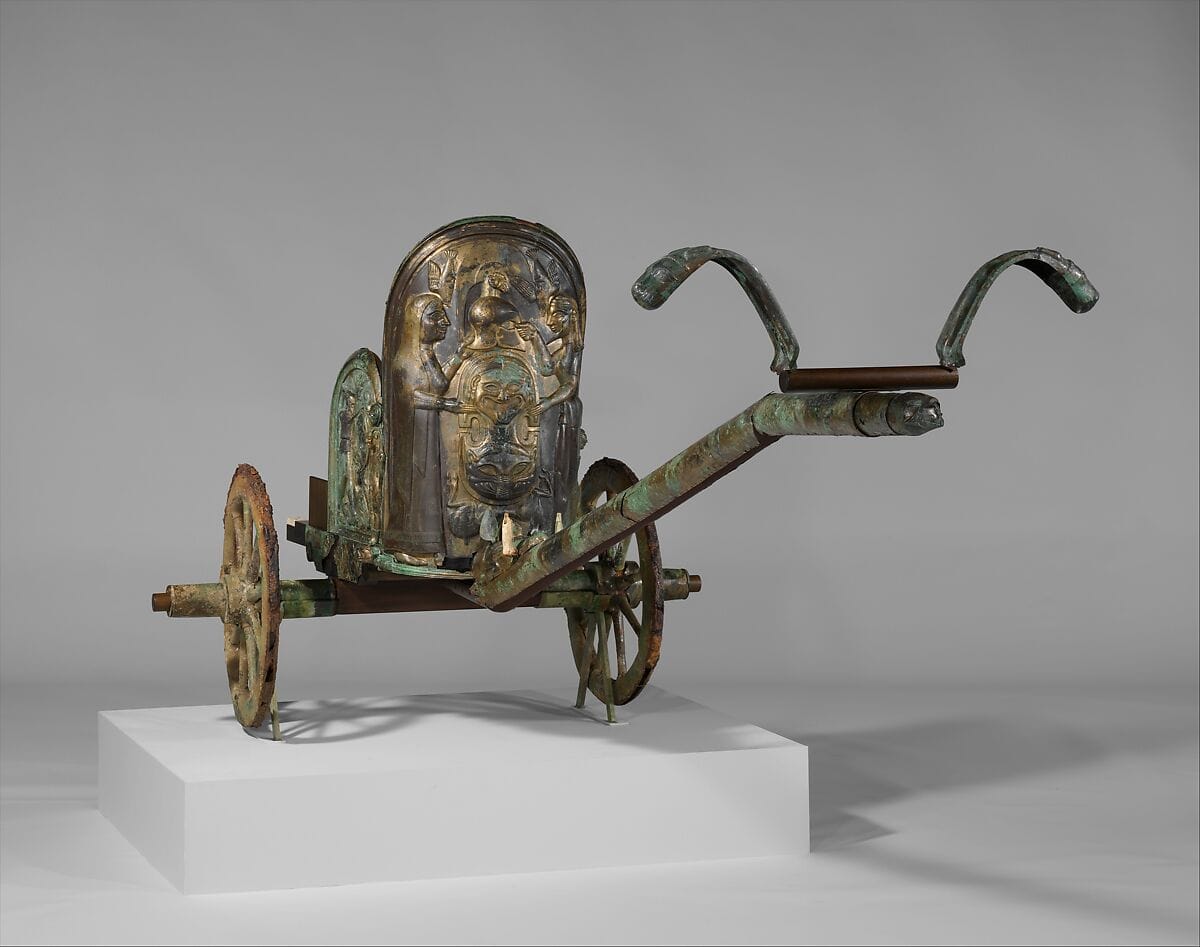
An upgrade must also retain backwards compatibility, insofar that it is a superset of what is being upgraded. Adding a faster onboard computer to a car is still recognizably the same machine. It still drives, now it just has an iPad on the console.
Upgrades can also be features being removed to streamline the value add of a technology, or updated to drastically improve scope and reliability, like the transition from vacuum tubes to transistors for computers in the middle of the 20th century. The computers before and after the transistor are still computing the same functions, just multiple times faster than before the upgrade.

Why Upgrade Commonplace Books?
A reasonable question to ask would be, why would we care to upgrade commonplace books in the first place? What's wrong with them?
The thing is, the commonplace book itself isn't really the problem – it is how the world itself grew up around the commonplace book. In the five hundred years since people have first kept "modern" commonplace books, the world has been introduced to electricity, human flight, computers, cameras, psychology, and Furbies, just to name a few inventions. The understanding of how and why to use a commonplace book is woefully outdated, from a bygone era where paper was much more expensive and literacy was much rarer.

Because The Internet
Particularly with the rise of the Internet, commonplace books merely couldn't keep up in terms of the value they provided against social media and message boards. Even wikis, a descendant of the commonplace book (more like a long distant nephew than a direct relation), are leaps and bounds more useful than slowly and manually transcribing highlights and ideas into a journal. What's the point after all? Commonplace books have become exceedingly niche as a result, only used by a few zealots.
Online highlighter apps like Readwise or e-books like Kindle took things a lot further by digitizing the process and minimizing the friction of creating the items that populate a commonplace book, but have no real solution on how to utilize the resulting commonplace book. These services make it really easy to highlight things and leave notes, which is awesome, but after that you're on your own. For deeper analysis and utilization of commonplace books, people are still largely reliant on techniques created centuries ago. They're really missing the "Yin" of creation, the equally if not more important aspect of what a commonplace book provides with the "Yang" of curation and storage.
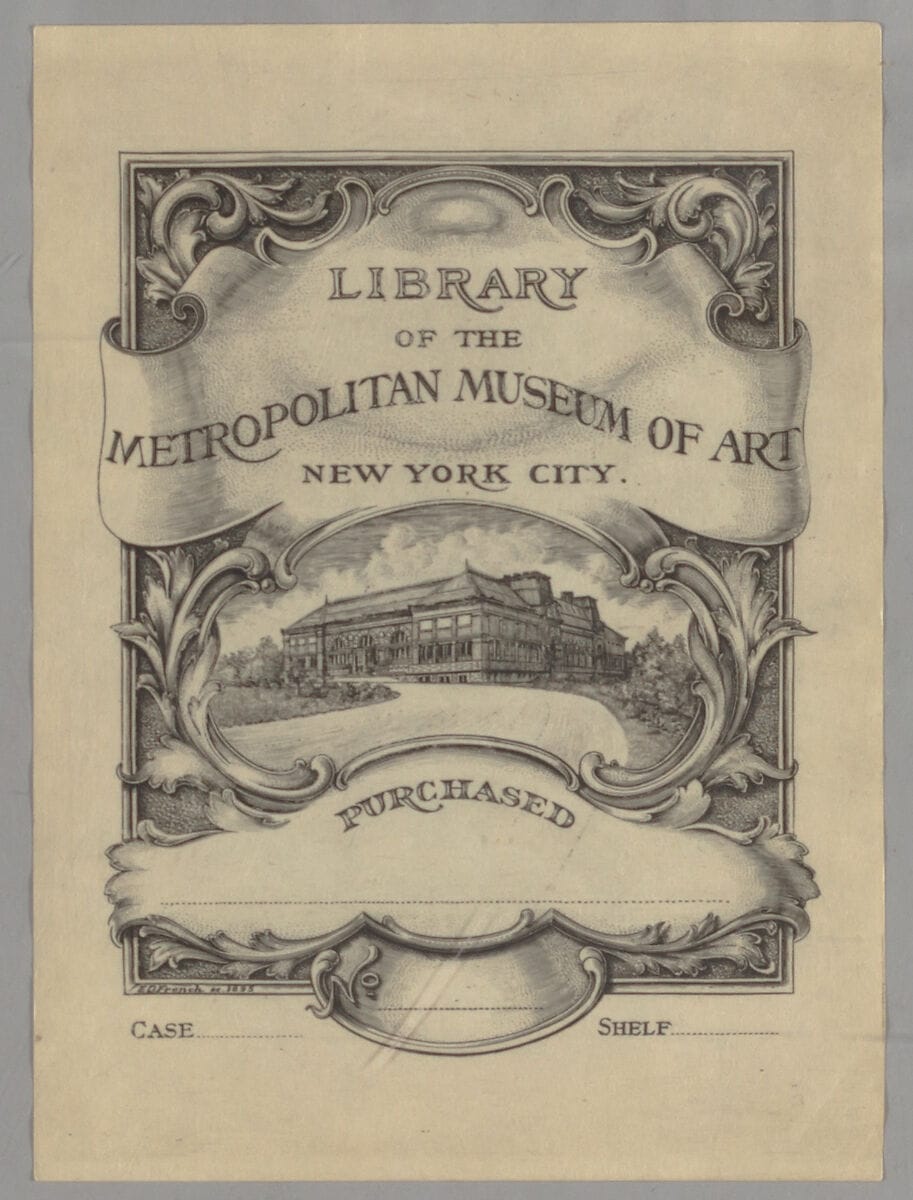
(My friend Yash also recently put me on Curius, a social media highlighter app that allows you to not only maintain and track your own highlights, but see your friends as well.)
The Spirit of the Task
The problem with referring to these tools as upgrades is that they don't address the spirit of what a Commonplace book is meant to do for its owner.
Initially, a commonplace book was meant to be used as a creative partner, a tool and technology to wrest our best work from our brains by supersaturating our creative juices. People like Niklas Luhmann, Vannevar Bush, and John Donne all used their spins on commonplace books to publish higher quality work. Even Sherlock Holmes had a commonplace book!

This attribute of utilization is not just a nice to have, it is a critical feature. A storehouse to hoard knowledge we have no plan or motivation to revisit becomes a mausoleum.
The upgrade the Commonbase (discussed below) provides is not merely a linear upgrade on the storage and maintenance of information through a more convenient data structure. Instead, it is a rethinking of what it means to create a commonplace book in the modern era, and what we do with it.
WWE Walkout
Finally, let's introduce the Commonbase. In brief, a Commonbase is a formalization of the Commonplace Book in a relational database with vector extensions enabled. In other words, it's a database where every entry has a vector address.
Importantly, the current Commonplace Book architecture is entirely compatible with Commonbases.
The schema for a Commonbase is quite simple, and only has three mandatory columns: data, metadata, and embedding.
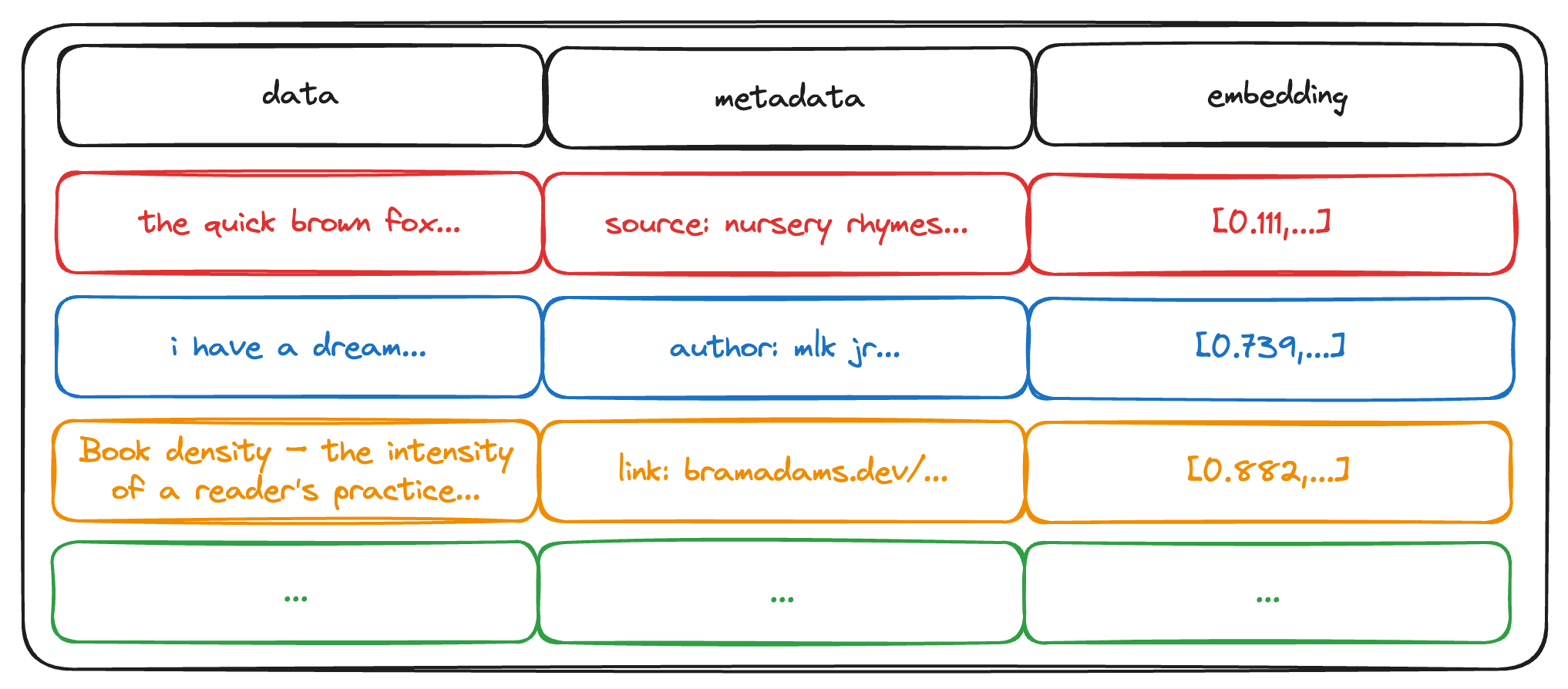
Columns
If you have a commonplace book today that you keep track of proverbs, quotes, notes and more, every single entry you've written in your commonplace book can be transferred directly into a Commonbase.
These entries correspond to the data column. In other words, if ya wanna it to have an address, put it in the "data" column.
The simple algorithm that creates the embedding column passes the data in the data column through an embedding function and stores it. That's it. Literally.
The metadata column is everything about the data that isn't embedded, but may be filtered later by human effort. If you know anything about the PKM space, these might be tags like time, location, or or other helpful mechanisms you can use later to access the data. Everything in the metadata column "tags along" but doesn't really have its own addressing space.
Simple Yet Powerful
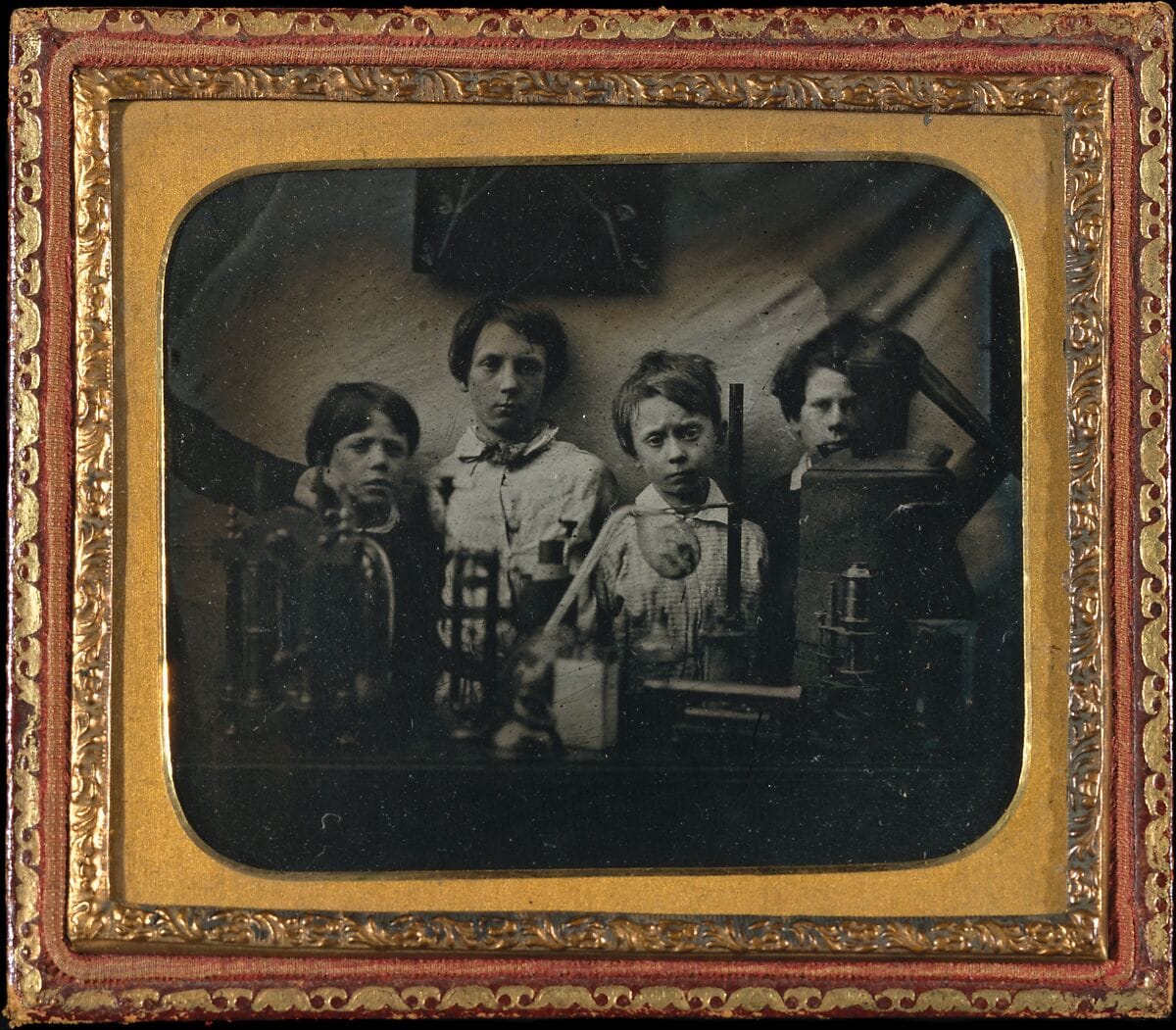
At first glance, our architecture may look simple, but we get a lot of bang for our buck with adding the embedding column. By embedding our commonplace book entries, we get access to semantic search as well as the ability to transform our entries.
I've discussed some of the philosophical implications of the Commonbase in Issue #55 about Personal Library Science (link to HN discussion).
The upgrade of commonplace books to Commonbases leads to a really interesting emergent property that interfaces with the associative nature of the mind, as well as what happens to our intellectual legacies.

But that deserves an essay of its own, as a few paragraphs would not nearly suffice! Stay tuned for the next issue!
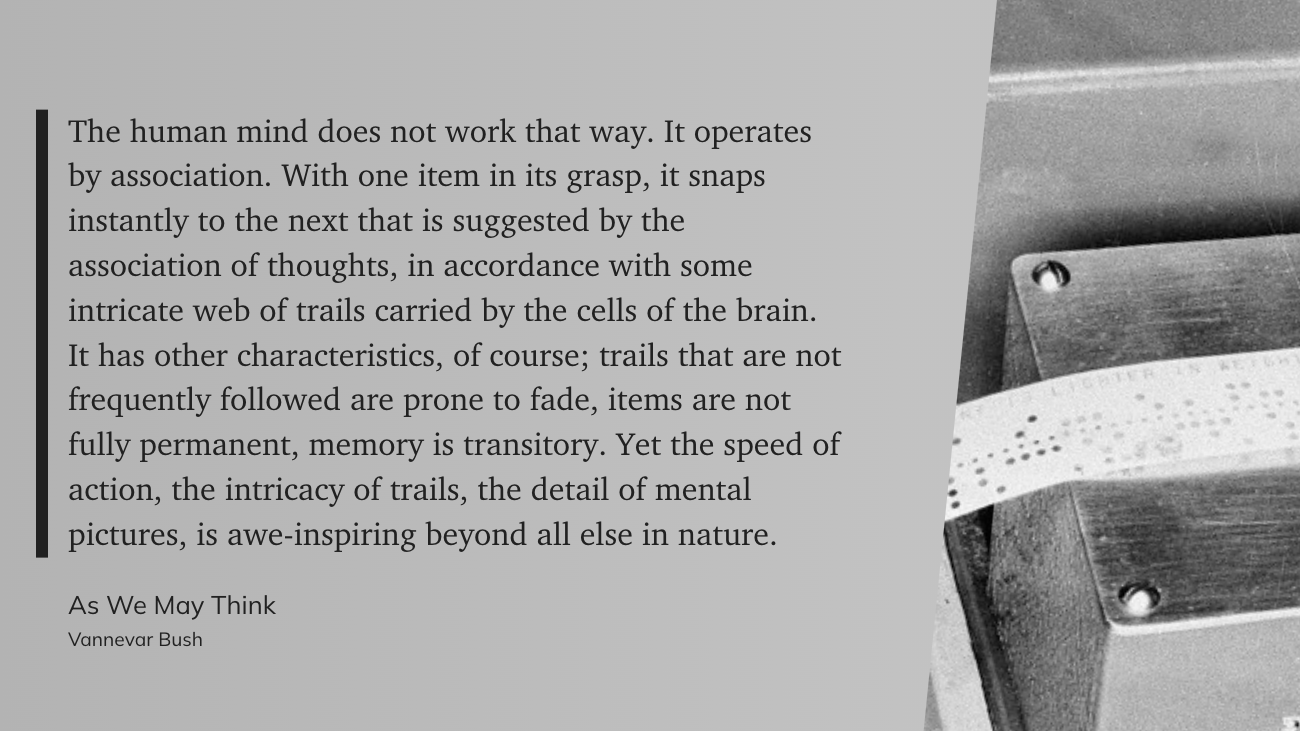
Ye Olde Newsstand - Weekly Updates
Some updates, loosely scattered. Most of my work this past few weeks has been invested into Your Commonbase, setting up business structure, architecting , writing words, and writing code.
Most of the code work is happening in the Commonbase prototype repos, if you'd like to follow along – you can star the below:
I've also posted a few Instabrams!

on spending money to solve problems

on being despondent and finding maturity
Thanks for reading, and see you next Sunday!
ars longa, vita brevis,
Bram





